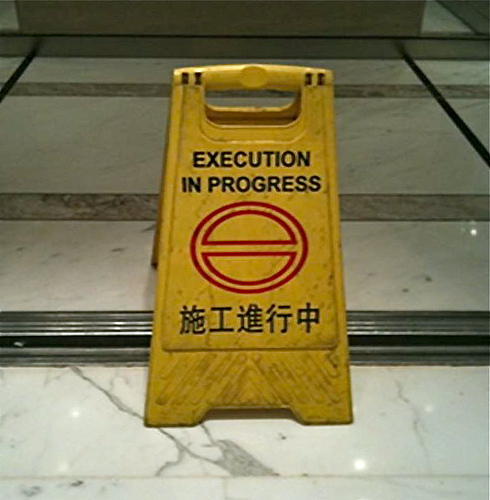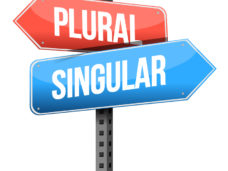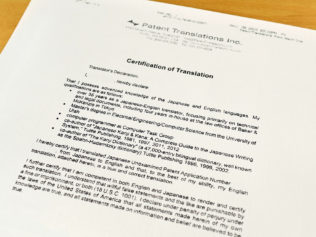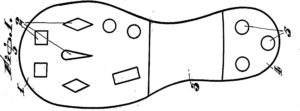What’s Right Is Right
“In the end, isn’t translation a matter of personal opinion?”
The question was thrown at me by an attorney for the other side who hoped what she was saying was true. If it were, and translations could only be evaluated in the same way we make decisions about fashion or flavors of ice-cream, then the one she had in her hand would be just as valid as the one that my client had submitted.
Obviously, the answer is, “No.” But the question the attorney put to me is an interesting one, and deserves a longer answer. For one thing, this wasn’t the first time I had heard it. The notion that translation is a nebulous art, ill suited to clear rules or standards, is not uncommon, especially among those who have a little multilingual knowledge. That said, I have been working in technical and legal translation for more than a quarter of a century and, outside of the very special context of a court room, where some people can be particularly disinclined to change their minds, I have never seen two translators remain in disagreement over the proper translation of a phrase for more than a few minutes. Invariably, a short discussion is enough to satisfy one of the translators that the other is right, and an evidence-based consensus is quickly achieved.
So where do non-translators (and even some novice translators) get the notion that there is no such thing as a wrong answer?
Part of it comes from the general idea that language itself is mysterious. It is, after all, amazing that so many of us manage to generate complex and flawless grammatical structures without even knowing the rules. (Be honest, gentle reader, if I were to ask you to give an example of the future subjunctive mood, would you be able to do so?) And then there is our awareness of the ambiguity that pervades our communication. If you have ever spent time with a teenager who has just learned how to tell “That’s what she said” jokes, you will know that there are very few short utterances that cannot be taken in two ways.
Another potential source of confusion is bilingual dictionaries. The entry for the French word “adhésif,” for example, is likely to include such English translations as, not only “adhesive” and “glue,” but also “sticker” and “seal.” If they are all listed in the dictionary, who is to say which one is correct?
Going further, even amateur translators will have come across situations in which the same idea can be expressed in two different ways. There is not much difference between saying that, “the cargo is carried by the vehicle” and saying that “the vehicle carries the cargo.” Both are possible, so isn’t the translator’s preference the ultimate arbitrator?
There are two fallacies at work here. The first lies in assuming that, because human choice is involved, the choice is inherently arbitrary. The second is imagining that, because more than one possible correct translation can be conceived, all translations must be correct.
In any form of complex communication, ambiguity increases as the sample length decreases. One bit could mean anything, and a handful of bytes in a data transmission is generally useless without knowing which packet it came from. So while it is true that an “elongate member,” mentioned by itself, might mean any number of things to a thirteen year old, when we hear that it is “eccentrically coupled to a rotary drive means,” the possible interpretations narrow significantly. Context, in short, determines which readings are right and which are clearly wrong.
It is also context that tells us which of the many terms in the bilingual dictionary will be appropriate. Even if “sticker” is one of the terms listed under the entry for “adhésif,” it is simply incorrect to translate “collés par un adhésif liquide” as “bonded by a liquid sticker.”
The question of how to select the most suitable phrasing is a little too complex to address in a blog post, but is covered in some detail in my chapter on literal translation in the ATA Patent Translator’s Handbook. Suffice it to say, there are rules and, while there may be more than one possible right answer, there are also unquestionably wrong answers.
Forming an option is indeed part of the translation process, but not all options, or translations, are equal.










